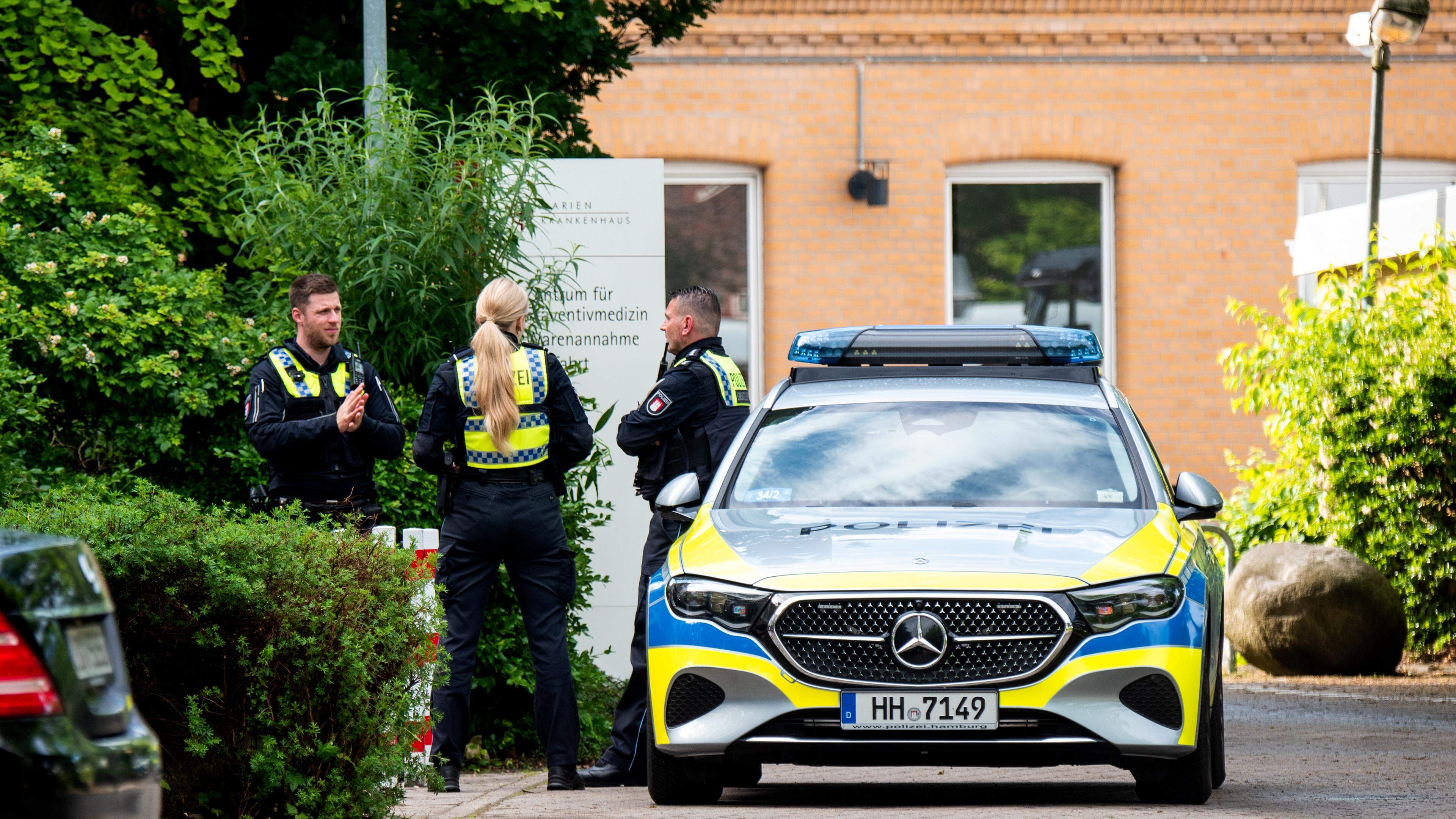Stadiums, vision, management: what is missing from Italian football to remain competitive

The recent decree of the government, which intervenes on the stadium situation, goes in the right direction, but a change of pace also serves from the properties: the model of the President-Padron works less and less, football is now an industry like traditional ones and must be treated with the same logic
If it is true, as it seems to have said Arrigo Sacchi, that « the ball is the most serious thing among the less serious things », the recent decree-law with which the government has decided to intervene also on the situation of the stadiums of the professional football clubs, in too many old cases and no longer adapted to the modern needs of fans and sports operators, must be greeted with great favor. The already scheduled investments are approximately 5 billion euros, but it seems that the figure is destined to grow and all the construction or renewal procedures will be entrusted to a commissioner with extraordinary powers to overcome the laces and laces of a bureaucracy that too often blocks projects and modernization initiatives. This is a useful intervention that also follows the reorganization of the rules on sports work and traces a modernization strategy of the sector that appears no longer procrastinable. The world of sport has known tumultuous growth in economic terms in the last fifty years thus becoming a fundamental element also for the economy of all developed countries. According to a recent study commissioned by the European Union, the gross domestic product generated by the economic activities related to sport in 2018 was equal to 279.7 billion euros, equal to a percentage of 2.12% of the entire European GDP.
An industry like traditional ones
The impact of this sector on occupation is equally relevant as it uses almost six million people, equal to 2.72% of the overall employment in Europe. In Italy, a recent work by the Sports Credit Institute sets the percentage of GDP generated by the sports sector for 2019 at 1.37% of the total with a total value of 24.5 billion euros and approximately 420 thousand employed. It is no coincidence therefore if we observe more and more frequent investments by funds and foreign groups also in Italian football. Football is now a real industry and begins to attract those interested in making profit by adopting management logics not far from those of traditional companies. Today there is no reason to treat sport differently from an ordinary industry, but the management models must be updated that in many cases anchored to the model of President-Padrone that deals with the team in a personalistic way and with little attention to the governance structure. One of the most interesting academic themes is the presence, in the professional sports sector, of subjects who maximize profit (Profit-Maximizer) and those who maximize the usefulness (Utility-Maximizer). In the sports field, the first model is typical of US sports where professional basketball, football, hockey and baseball alloys are money machines that count on the development of global brands.
The Italian model (started at sunset)
In Italy we have always been too often accustomed to second type sports entrepreneurs who maximize their usefulness through the investment in football and the victories and notoriety that follow. The wealthy industrialist uses his personal resources not taking care of the economic result and losses accumulate, however, allowing him to improve his reputation with positive repercussions in the main business. Sport therefore becomes a monetary investment « to lose » with indirect positive effects and this has strongly limited a greater professionalization of the sector at the expense of organizations with better skills and modern management methods. The model of the « utility maximizer », however, seems to be launched at sunset and the poor financial sustainability of the traditional management models of Italian football testifies to the need for a change of pace that recent organizational measures will be able to help, even by providing the teams of modern and cutting -edge systems. If on the one hand it is true that the main item of the revenues of football clubs is given by the sale of TV rights, it should also be highlighted how the stadium remains the temple of cheering, the place where the magic takes place, where the relationship with the fan consumer is created, where the legends of the victories are created and the traditions are cemented.
The need for an update
The stadium can no longer be a place frequented only a few times a month on the occasion of sporting events, but must become the beating heart of marketing attraction strategies and the place where the fan can live his passion every day of the week. Strategies of differentiation of the offer should be introduced with prices appropriate to the benefits that cannot be exhausted only in the view of the match. A tour of the British stadiums – now fully managed by the Premier League teams with the consequent exponential growth of revenues which is one of the factors at the base of the supremacy of the English championship – can serve as a case of study to be learned by heart. Government models must be updated and serves a greater separation between properties and management with the arrival of professional managers who do not understand only the ball (fundamental element for success) but know how to orient themselves between marketing strategies, financial operations and performance measurement. Nick Hornby, the author of the football novel Fever at 90he remembered that the beauty of football is that there is always another season, to return to hope and dream. We hope soon also starts the season of professional management in Italian football: otherwise we will have to settle for watching the pedier deeds of the overseas champions on the sofa.






:format(webp)/s3/static.nrc.nl/wp-content/uploads/2025/05/28143839/web-3105ZAT_LEV_giro_algemeen_2.jpg)